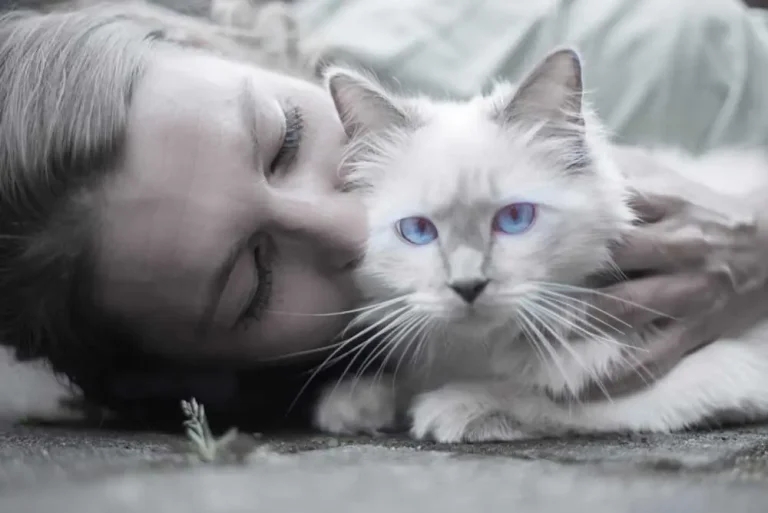10 Oct 2025
Cats Protection leaders said the findings of its latest Cats and Their Stats report suggest shift to a “more affluent cat owner demographic”.

A leading charity has warned fewer people citing cost as a barrier to accessing veterinary care may also indicate many would-be cat owners can no longer afford one.
Cats Protection leaders said the findings of its latest Cats and Their Stats report reflect a trend towards a “more affluent cat owner demographic”.
But amid fears of growing pressure on the rescue sector linked to more cats being bought rather than adopted, the group argued they raise a much broader question, too.
Kit Sturgess, who chairs the charity’s board of trustees, wrote: “With so many unwanted cats in need of homes, we must continue to offer support to those less able to afford cat ownership.”
The analysis, based on surveys of both cat owners and the wider public plus data from sources including the Office for National Statistics, found 64% of owners routinely take their cats to a vet annually.
But although that total is up from 57% five years ago, the report said that still equates to around 3.5 million cats which may not be getting the veterinary care they need.
It further warned that 8% of cats, the equivalent of around 800,000 animals, are not registered with a veterinary practice at all, though the proportion was down by one percentage point from last year.
Elsewhere, the proportion of owners who reported difficulties accessing veterinary care rose from 28% in 2024 to 30% this year.
A majority (57%) said they did not visit a vet as often as they would like to the proportion, while the number of people who said they would like a cat but could not afford one remained broadly stable at 19%. But those citing cost as a barrier dropped from 28% to 25%, while the same number cited stress for either themselves or their cat for the first time.
Now in its sixth year, the project reported a fall in the UK’s owned cat population from 10.6 million last year to 10.2 million now. But, despite overall levels remaining broadly stable, cat ownership is on the rise among 18 to 34 year olds (31%) and now exceeds the proportion among both 35 to 54 year olds (27%) and the over-55s (14%).
Meanwhile, nearly half (49%) of owners who acquired a cat in the previous 12 months were found to be from the more affluent “AB-grade” social groups.
The ownership figures, together with an increasing trend of interest in pedigree breeds, are also thought likely to have contributed to a widening gap between the proportion of cats being purchased and those adopted.
Overall, the report found 38% of cats had been bought, up from 28% four years ago, against 23% which were adopted from a shelter, rescue or rehoming facility.
But among cats acquired within the past 12 months, the proportion of purchased cats jumped to 44% while the number adopted fell to 16%.
The report warned: “Rescue and rehoming organisations are already operating at full capacity, and cats up for rehoming with more complex care, medical or behavioural needs may spend longer in rescue care.”